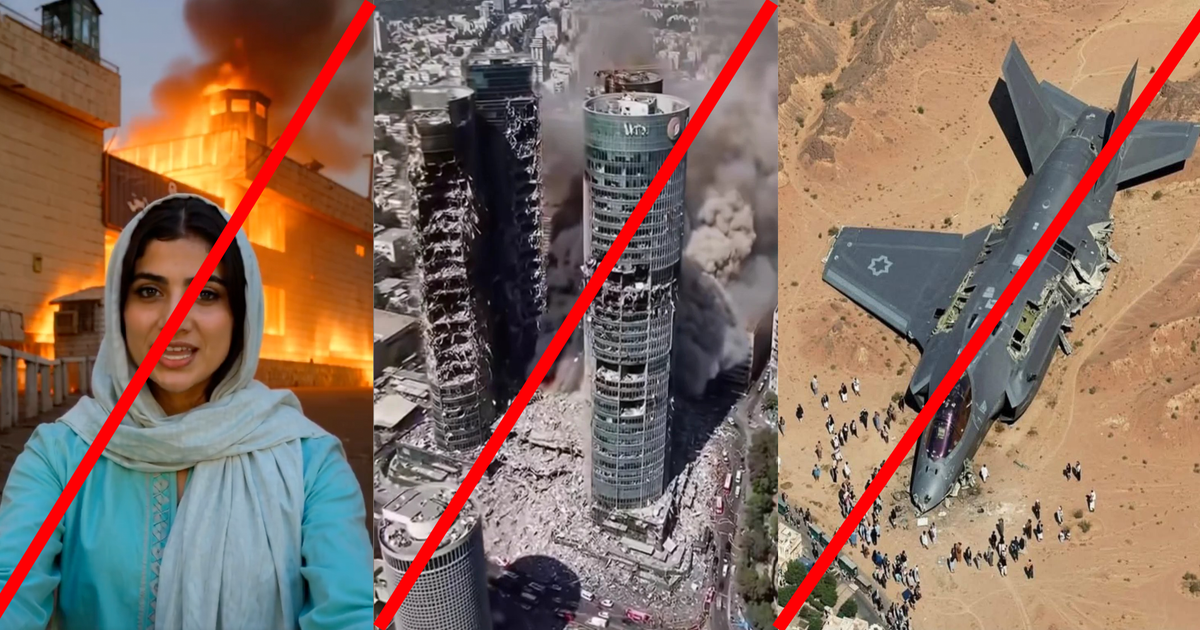Introduction to AI-Generated Videos
In the past few days, videos created by artificial intelligence have appeared online, showing dramatic scenes from the Iran-Israel conflict. These include a woman reported to be standing in front of a burning prison in Tehran and fake recordings of high-rise buildings reduced to ruins in Tel Aviv. Other invented images show an Israeli military aircraft being shot down.
The Spread of AI-Generated Content
These clips, some of which have garnered millions of views on platforms like X and TikTok, are the latest in a growing pattern of AI-generated videos that spread during major events. Researchers at the Media Forensics Hub have informed CBS News that some of the content on X is amplified by! a coordinated network of accounts promoting Iranian opposition messages, aiming to undermine trust in the Iranian government.
Manufactured Videos
On Monday, Israel carried out strikes at several locations in Iran, including the infamous Evin prison. Within minutes of the attack, a video began circulating on X and other social media platforms, showing an explosion at the entrance. The video is grainy, black and white, and appears to be from a surveillance camera. However, several visual anomalies suggest that the footage was created with artificial intelligence, including the wrong sign over the door and inconsistencies with the explosion.
Expert Analysis
Hany Farid, a professor at the University of California, Berkeley, and co-founder of the AI detection startup TREAL LABS, believes that the video may have been generated by an AI image-to-video tool. According to Farid, recent technological advancements have made it easier to create more realistic videos with simpler options, allowing for quick creation and sharing. "It was a year ago that they were able to create a single picture that was quite realistic," said Farid.
Coordinated Disinformation
Darren Linvill, co-director of the Media Forensics Hub, told CBS News that another video featuring an AI-generated reporter outside the prison is a "perfect example" of a coordinated network using AI to circulate misinformation to a wider audience. "It doesn’t do anything that couldn’t be done with earlier technology, it just makes everything cheaper, faster, and on a larger scale," said Linvill. It is not clear who is behind the videos, said Linvill.
Responses from Social Media Platforms
When asked about the AI-generated Iran-Israel videos on their platform, a TikTok spokesman told CBS News that the platform does not allow harmful misinformation or AI-generated content that fakes authoritative sources or crisis events and has removed some of these videos. A spokesman for X referred CBS News to their Community Notes feature and said some of the video posts generated with AI have added community notes to combat misinformation.
Avoiding AI-Generated Videos
According to Farid, one way to avoid videos generated with AI is to "stop getting your news from social media, especially when it comes to events like this."

